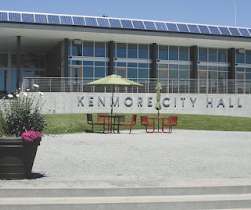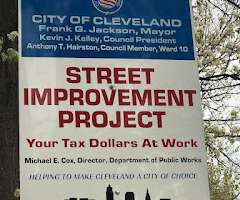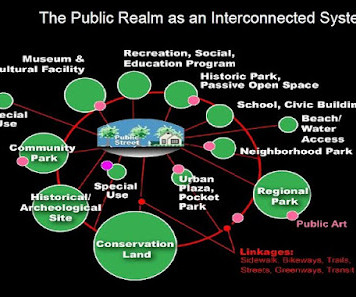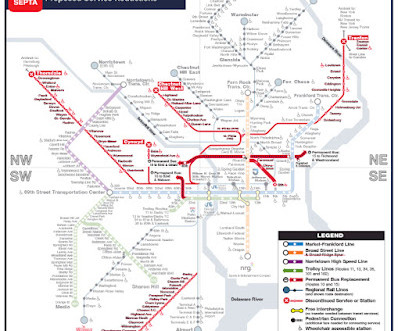City of Kenmore Officials Find the Fun in 2017-18 Priority Based Budget
PBB Center for Priority Based Budgeting
NOVEMBER 7, 2016
“Our major theme of the next two-year budget is ‘Where’s the fun?’” The City of Kenmore, Washington was the second organization to implement PBB, along with the City of Bainbridge Island , and both have been practitioners since 2013. The budget builds on our pedestrian and bicycle safety momentum,” Karlinsey said. 24 meeting.














Let's personalize your content